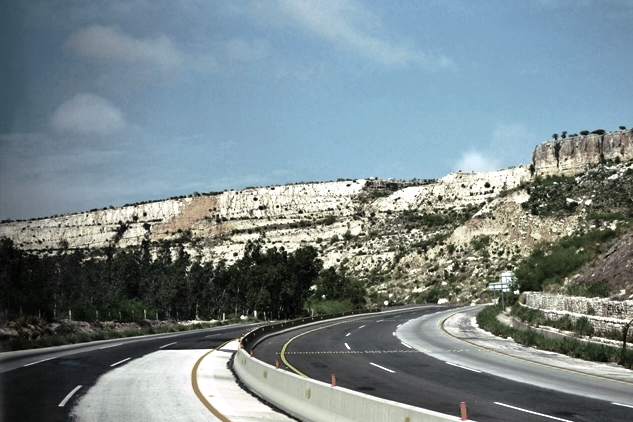Ad
Salt Range Of Pakistan
The Salt Range is home to the famous Katas Raj Temples, a complex of ancient Hindu temples dedicated to Lord Shiva. The temples date back to the 6th century CE and are considered a sacred site for Hindus. The site also includes a sacred pond known as Shri Ram Chandra Kund.
Rohtas Fort, a UNESCO World Heritage Site, is located near the Salt Range in Jhelum District. Built in the 16th century by Sher Shah Suri, the fort showcases exemplary military architecture and serves as a testament to the region's historical significance.
Subscribe to:
Post Comments (Atom)









No comments:
Post a Comment